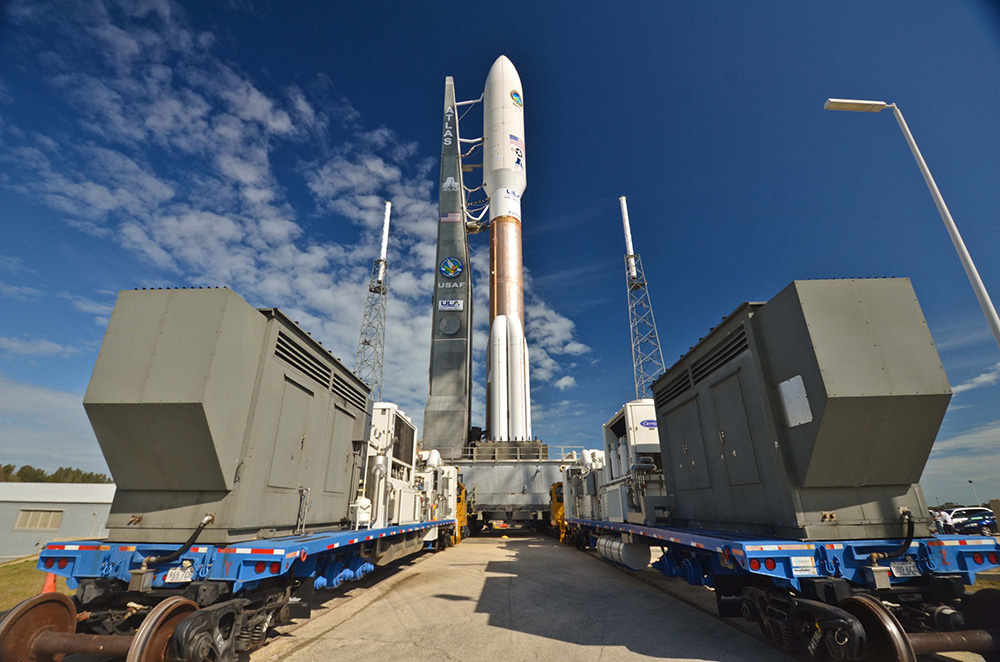A United Launch Alliance (ULA) Atlas V rocket is in final preparations to launch the GOES-T mission for the National Oceanic and Atmospheric Administration (NOAA) and NASA. The launch, managed by NASA’s Launch Services Program (LSP) based at Kennedy Space Center, is on track for March 1 from Space Launch Complex-41 at Cape Canaveral Space Force Station. Launch is planned for 4:38 p.m. EST. The live launch broadcast begins at 4:00 p.m. EST on March 1 at ulalaunch.com.
“We are excited to launch the GOES-T spacecraft for our NASA and NOAA mission partners. ULA, and our heritage vehicles, have launched all 17 operational GOES missions to date,” said Gary Wentz, vice president of Government and Commercial Programs. “GOES-T will be delivered to a geosynchronous transfer orbit, which will place the spacecraft closer to its final destination and conserve the satellite’s fuel supply for a longer mission life.”
GOES-T is the third satellite in NOAA’s revolutionary GOES-R Series, GOES-T will provide NOAA and NASA with continuous imagery and atmospheric measurements of Earth’s Western Hemisphere, lightning detection and mapping, solar imaging, and space weather monitoring.
The mission will launch on an Atlas V 541 configuration rocket, that includes a 17-ft (5-m) diameter short payload fairing and stands 196 ft. (59.7 meters) tall. The Atlas booster for this mission is powered by the RD AMROSS RD-180 engine. Aerojet Rocketdyne provided the RL10C-1 engine for the Centaur upper stage and Northrop Grumman provided the Graphite Epoxy Motor (GEM) 63 solid rocket boosters.
This mission will be the 92nd launch of the Atlas V rocket, and the 22nd Atlas V launch in partnership with LSP. To date ULA has launched 148 times with 100 percent mission success.






